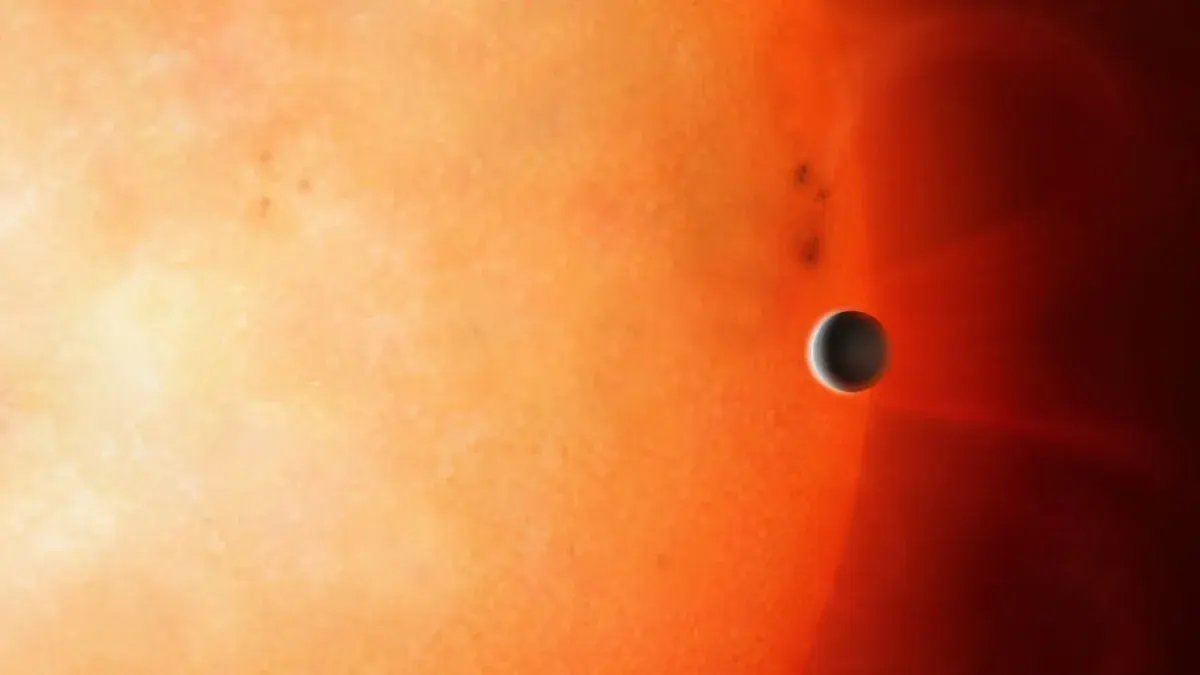If there’s life on that planet, they gonna have a hard time making it to orbit
I actually wonder what’s the biggest (rocky) planet that is actually possible to launch a chemical rocket from. At some point you just can’t get enough thrust to weight, right? They’d have to resort to exotic stuff like nuclear fission engines.
Sounds like a question to email Randall Monroe about.
I’m not an engineer or anything, but perhaps you could get a space elevator high enough to reach escape velocity more easily. Then again, it would have to be very tall I’m sure… Never mind probably not feasible.
For a geostationary orbit, which is where the center of mass of a space elevator would be:
h = ³√ G * m * T² / ( 4 * π² ) - r
- h: orbit height (m)
- G: gravitational constant
- m: mass of celestial body (kg)
- T: period of rotation (s)
- r: radius of celestial body (m)
So, if the mass goes way up, the height of the orbit will, too, unless something crazy happens like the planet spinning super fast.
I’m not a smart person, but my calculator says that a 200lb person would weigh 4 tons so I’m not totally sure there could even be multicellular life on that planet. Plus any atmosphere would probably be quite thicc



